Steve Nichols’s research from 1979 concerning the early evolution of mind, E2 to E1. Latest research see https://posthumanuniversity.com
Category: evolution – Page 75
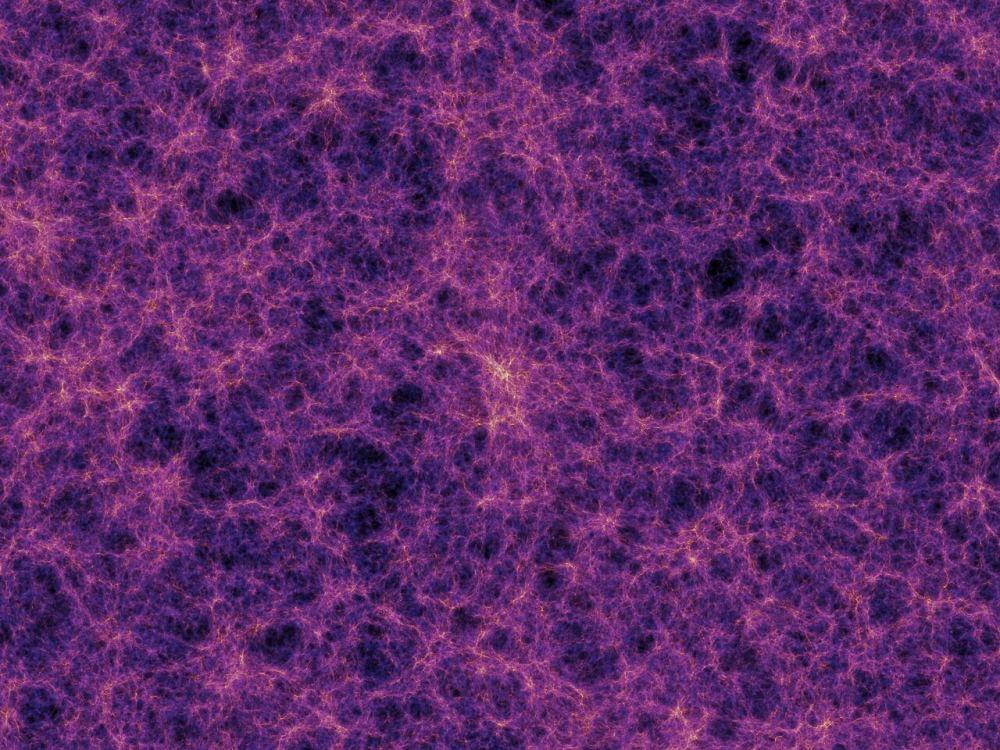
An Enormous Cosmological Simulation Wraps Up, Recreating Even More of the Universe
There’s an old joke among astronomy students about a question on the final exam for a cosmology class. It goes like this: “Describe the Universe and give three examples.” Well, a team of researchers in Germany, the U.S., and the UK took a giant leap toward giving at least one accurate example of the Universe.
To do it, they used a set of simulations called “MillenniumTNG”. It traces the buildup of galaxies and cosmic structure across time. It also provides new insight into the standard cosmological model of the Universe. It’s the latest in cosmological simulations, joining such ambitious efforts as the AbacusSummit project of a couple of years ago.
This simulation project takes into account as many aspects of cosmic evolution as possible. It uses simulations of regular (baryonic) matter (which is what we see in the Universe). It also includes dark matter, neutrinos, and the still-mysterious dark energy on the formation mechanisms of the Universe. That’s a tall order.
NASA’s Newest Storm-Watching Satellites Captured the Evolution of Hurricane’s Structure
Observations made by NASA
Established in 1958, the National Aeronautics and Space Administration (NASA) is an independent agency of the United States Federal Government that succeeded the National Advisory Committee for Aeronautics (NACA). It is responsible for the civilian space program, as well as aeronautics and aerospace research. Its vision is “To discover and expand knowledge for the benefit of humanity.” Its core values are “safety, integrity, teamwork, excellence, and inclusion.” NASA conducts research, develops technology and launches missions to explore and study Earth, the solar system, and the universe beyond. It also works to advance the state of knowledge in a wide range of scientific fields, including Earth and space science, planetary science, astrophysics, and heliophysics, and it collaborates with private companies and international partners to achieve its goals.
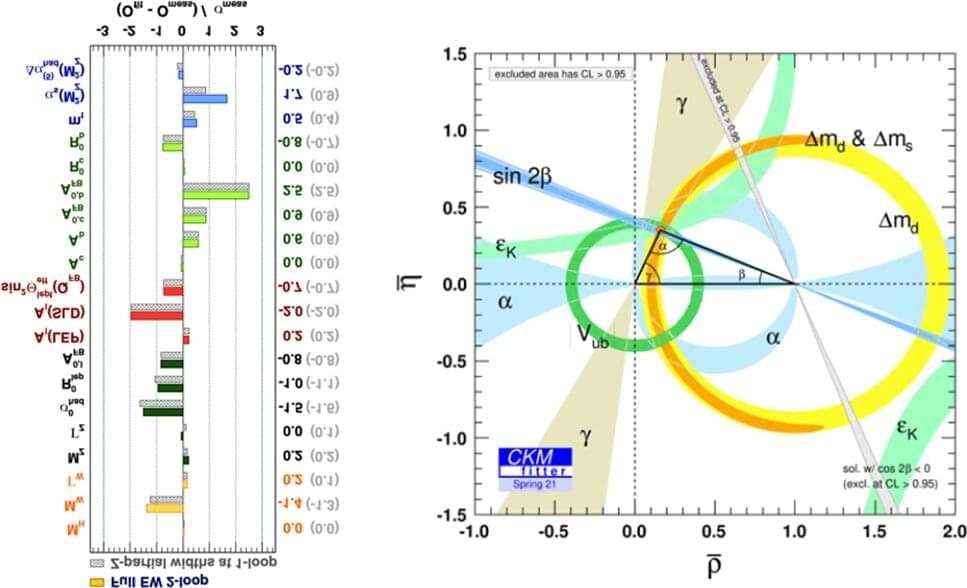
Is the end of the ‘particle era’ of physics upon us?
The discovery of the Higgs Boson in 2012 represented a major turning point for particle physics marking the completion of what is known as the standard model of particle physics. Yet, the standard model can’t answer every question in physics, thus, since this discovery at the Large Hadron Collider (LHC) physicists have searched for physics beyond the standard model and to determine what shape future physics will take.
A paper in The European Physical Journal H by Robert Harlander and Jean-Philippe Martinez of the Institute for Theoretical Particle Physics and Cosmology, RWTH Aachen University, Germany, and Gregor Schiemann from the Faculty of Humanities and Cultural Studies, Bergische Universität Wuppertal, Germany, considers the idea that particle physics may be on the verge of a new era of discovery and understanding in particle physics. The paper also considers the implications of the many possible scenarios for the future of high-energy physics.
“Over the last century, the concept of the particle has emerged as fundamental in the field of physics,” Martinez said. “It has undergone a significant evolution across time, which has opened up new ways for particle observation, and thus for the discovery of new particles. Currently, observing a particle requires its on-shell production.”
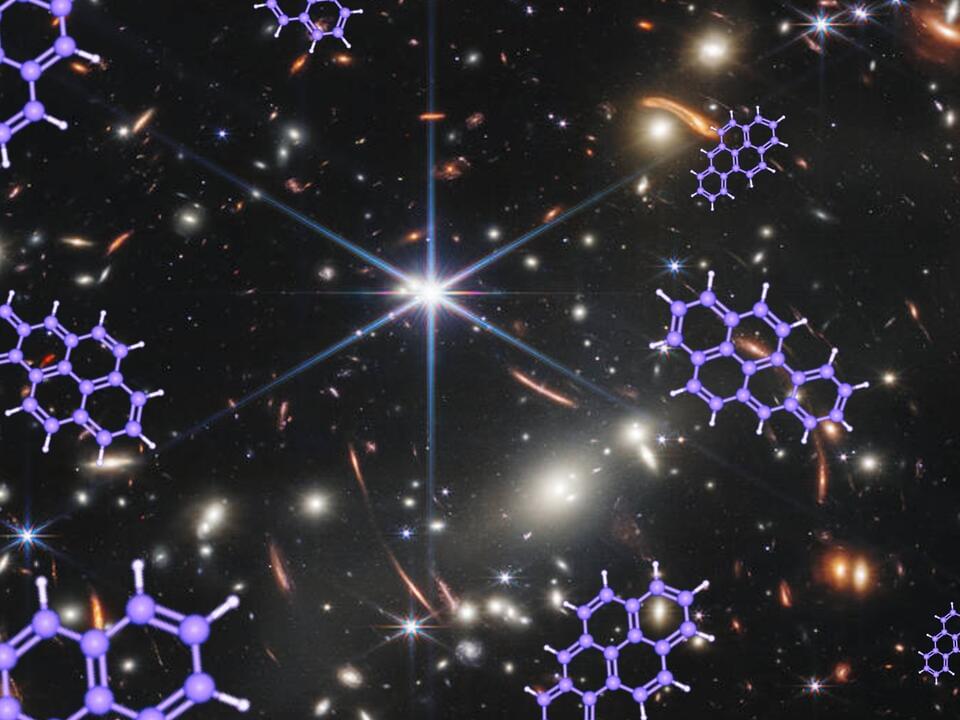
James Webb Space Telescope makes 1st detection of diamond-like carbon dust in the universe’s earliest stars
The James Webb Space Telescope has detected the earliest-known carbon dust in a galaxy ever.
Using the powerful space telescope, a team of astronomers spotted signs of the element that forms the backbone of all life in ten different galaxies that existed as early as 1 billion years after the Big Bang.
The detection of carbon dust so soon after the Big Bang could shake up theories surrounding the chemical evolution of the universe. This is because the processes that create and disperse heavier elements like this should take longer to build up in galaxies than the age of these young galaxies at the time the James Webb Space Telescope (JWST) sees them.

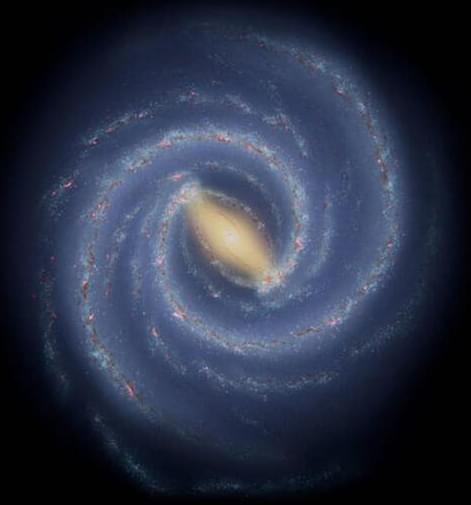
Scientists use chemical mapping to study the spiraling arms of the Milky Way
A researcher has used the technique of chemical mapping to study the spiral arms of our home galaxy: the Milky Way. According to Keith Hawkins, assistant professor at The University of Texas at Austin, chemical cartography might help us better grasp the structure and evolution of our galaxy.
“Much like the early explorers, who created better and better maps of our world, we are now creating better and better maps of the Milky Way,” mentioned Hawkins in an official release.
NASA/JPL-Caltech.
According to Keith Hawkins, assistant professor at The University of Texas at Austin, chemical cartography might help us better grasp the structure and evolution of our galaxy.
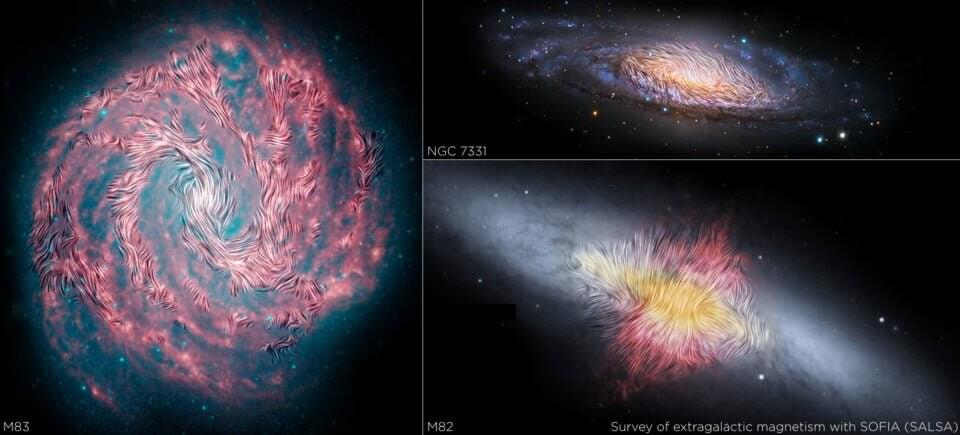
Revealing the invisible: Detecting variations in extragalactic magnetic fields
Magnetic fields are common throughout the universe but incredibly challenging to study. They don’t directly emit or reflect light, and light from all along the electromagnetic spectrum remains the primary purveyor of astrophysical data. Instead, researchers have had to find the equivalent of cosmic iron filings—matter in galaxies that is sensitive to magnetic fields and also emits light marked by the fields’ structure and intensity.
In a new study published in The Astrophysical Journal, several Stanford astrophysicists have studied infrared signals from just such a material—magnetically aligned dust grains embedded in the cold, dense clouds of star-forming regions. A comparison to light from cosmic ray electrons that has been marked by magnetic fields in warmer, more diffuse material showed surprising differences in the measured magnetic fields of galaxies.
Stanford astrophysicist and member of the Kavli Institute for Particle Acceleration and Cosmology (KIPAC) Enrique Lopez-Rodriguez explains the differences and what they could mean for galactic growth and evolution.

We can’t predict the future, but appreciating its uncertainties will make us happier
In it, he explores how we can make better, scientifically informed predictions about the world around us, using maths. “Mathematics can provide us with the objective tools to bypass the foibles of our own biology – the limitations imposed by our own thought processes, the compulsions that ultimately make us human, but let us down when it comes to making inferences about the world around us,” he writes. “They are humanity’s shortcuts: the preconceptions and cognitive biases, refined over millennia of evolution, that all too often lead us astray when we try to apply our brain’s old rules to our society’s new environments.”
No matter how tempting it is to think, “Ooh, that’s a bit spooky” when faced with a completely random coincidence or chance occurrence, we should all be expecting unusual things to happen all the time, he says.
Yates describes a person who, when browsing in a secondhand bookshop far from where they grew up, opens a copy of their favourite children’s book, only to find their own name inscribed inside. Yet, he says, “the law of truly large numbers” dictates that, just as someone wins the lottery almost every week, with enough opportunities, such extraordinary coincidences are far more likely to happen than you might think. “There are so many different types of coincidences that make us say: ‘Well, that’s extraordinary.’ But it’s not unlikely that some of them happen to us every so often.”

New research reveals the ancient origins of earth’s continents
Research has unveiled the pivotal moment 3.2 billion years ago when Earth’s continents began to form.
New research conducted by scientists at Curtin University has shed new light on the formation of Earth’s continents. This groundbreaking study, published in Earth Science Reviews, utilized Australia’s abundant lead-zinc ore deposits and a comprehensive global database to establish a timeline for the Earth’s evolution.
The study’s lead researcher, Dr Luc Doucet from Curtin’s Earth Dynamics Research Group, explained that their main objective was to determine when the continents as we know them today first took shape. To accomplish this, the team needed to understand how the Earth’s mantle had… More.
Dkosig/iStock.